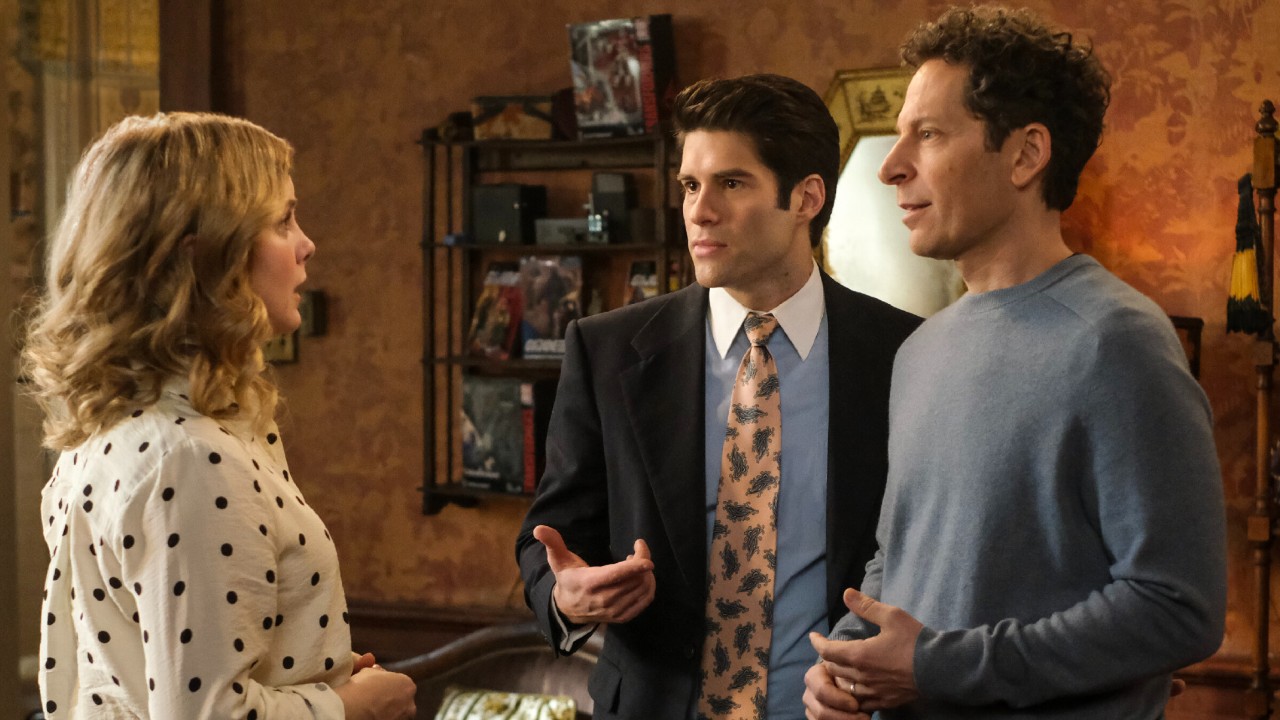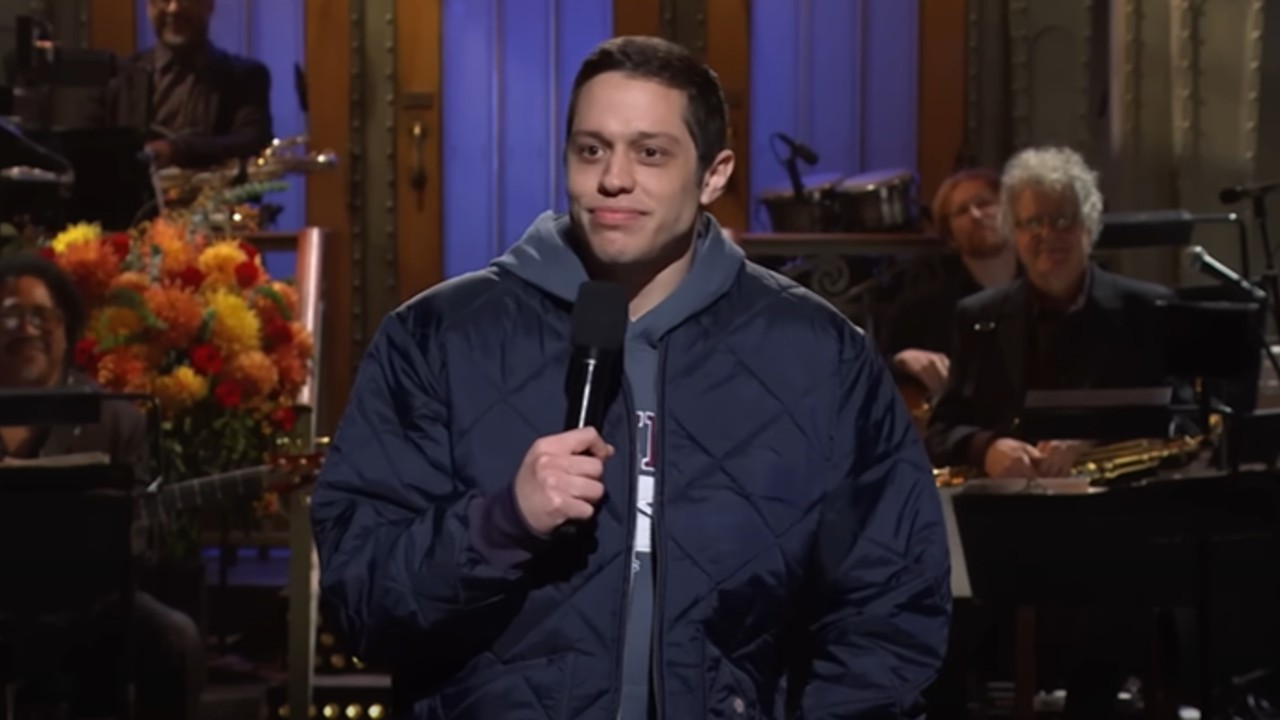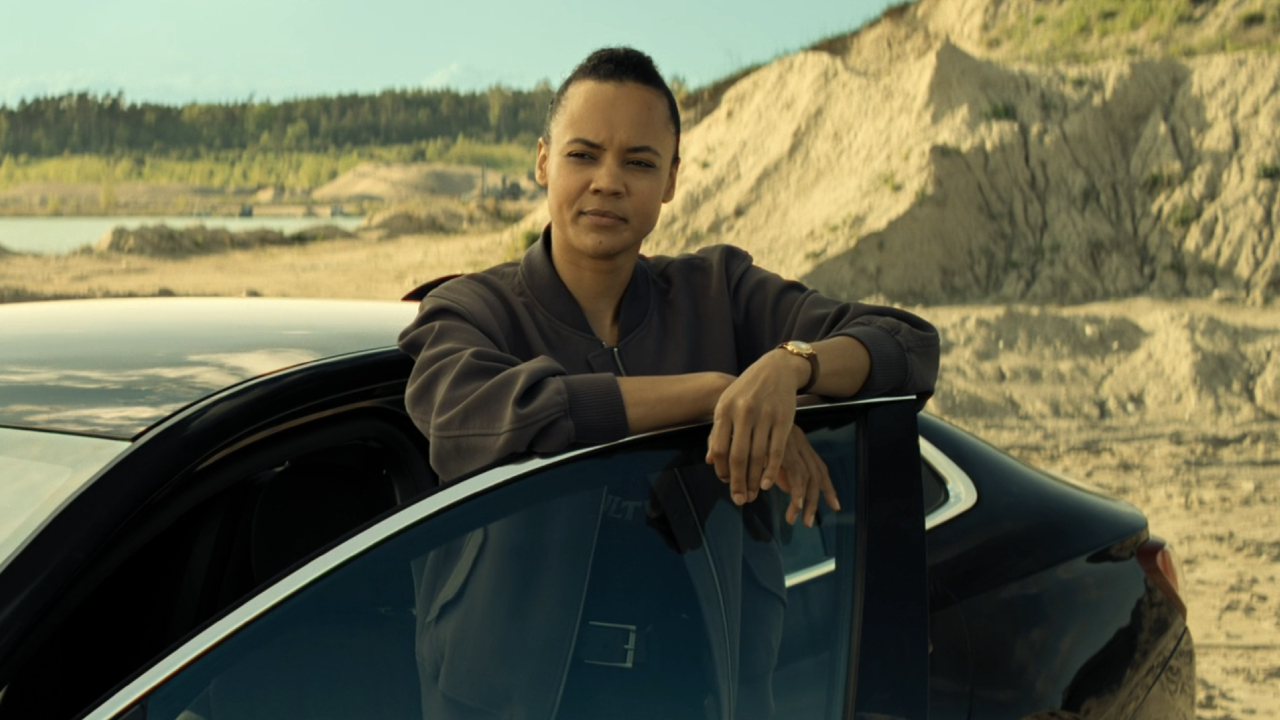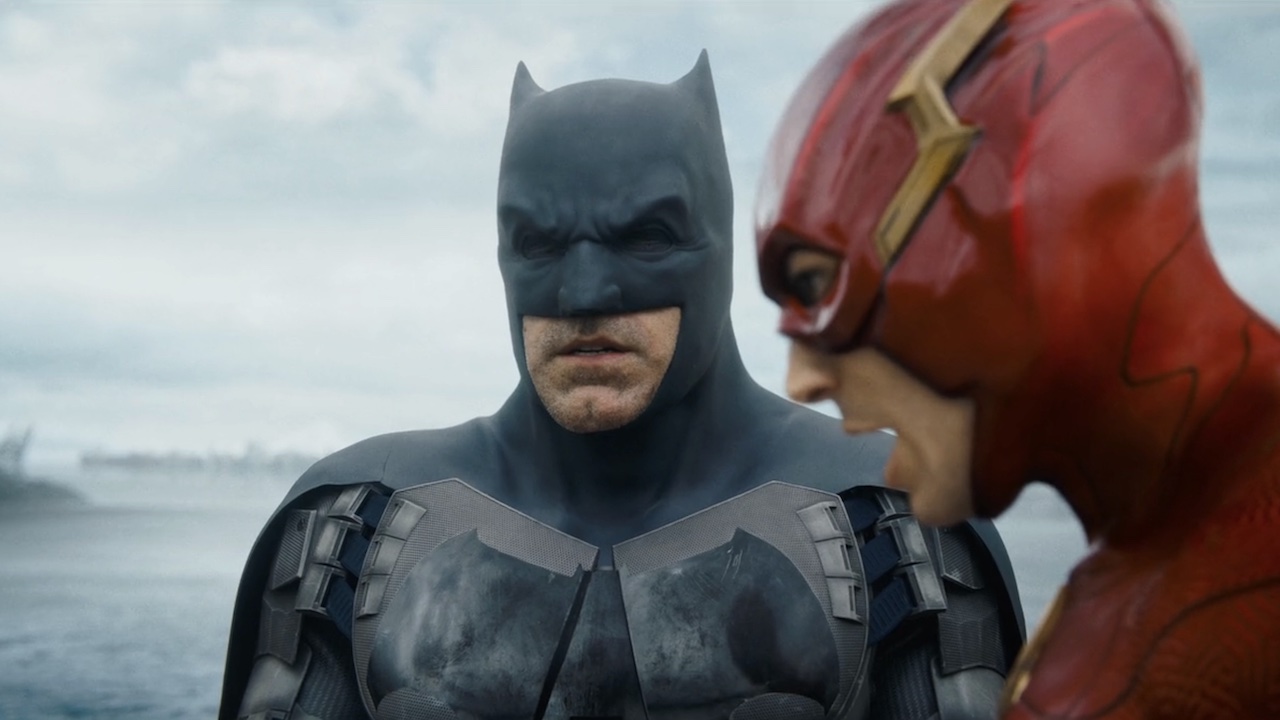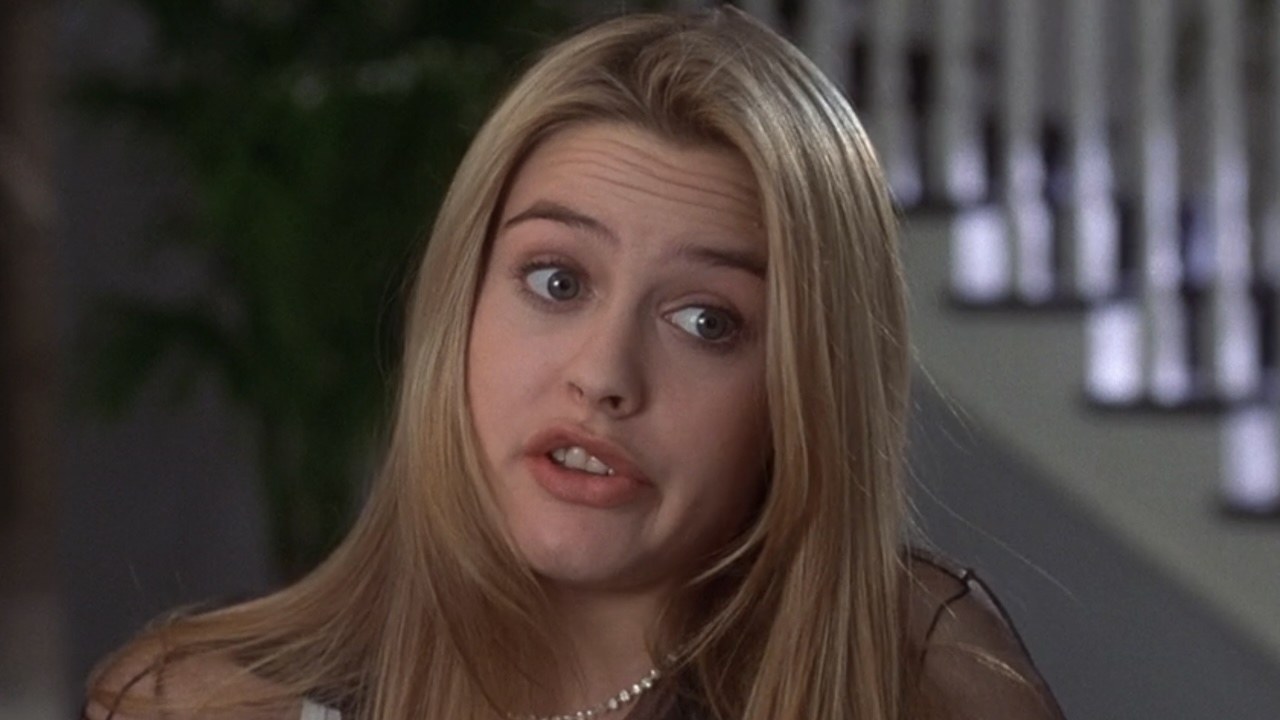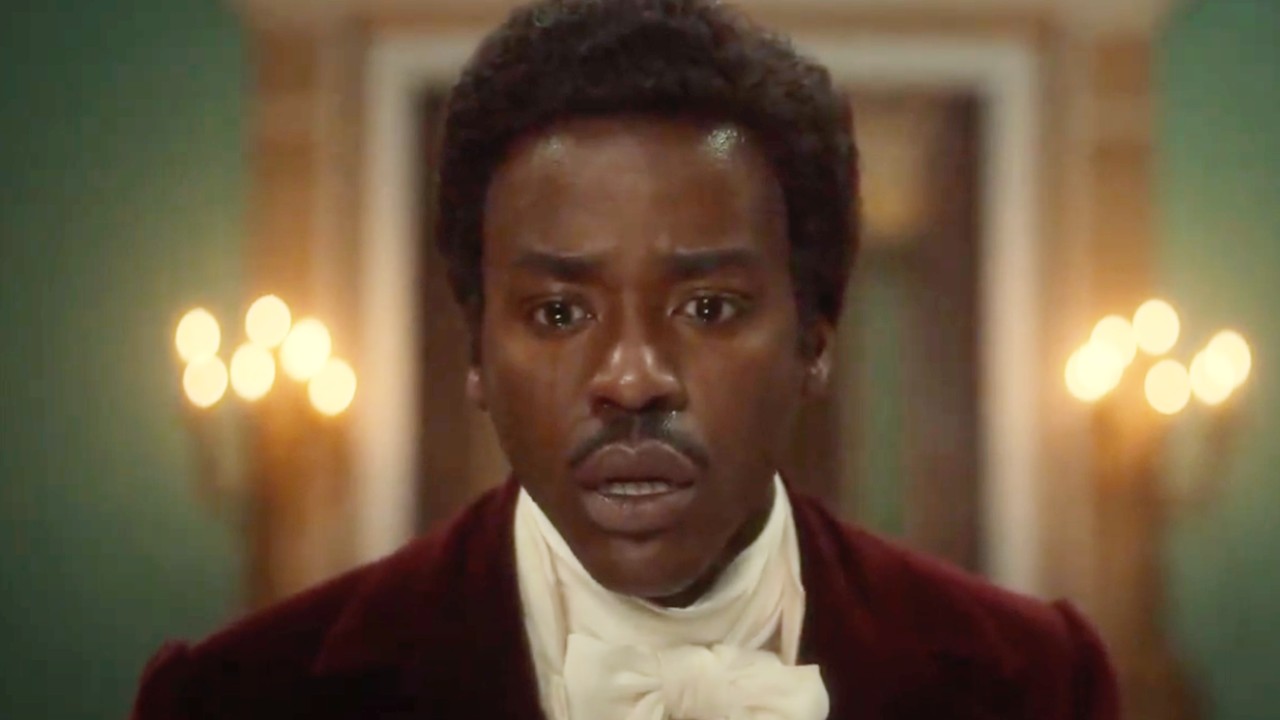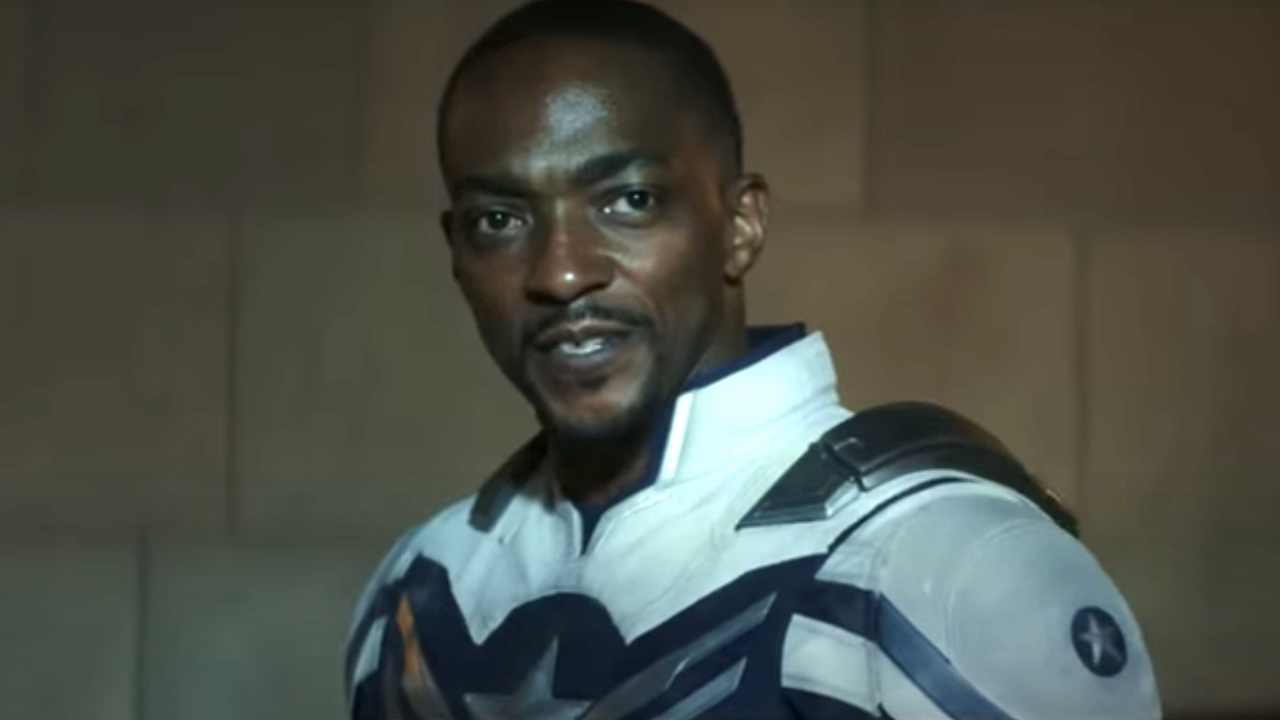The 5 Biggest Differences Between Let Me In And Let The Right One In

As good as Matt Reeves's Let Me In is-- and it is very good, as both Josh's review and my review will tell you-- everyone is talking about how similar the movie is to Let The Right One In, the 2008 Swedish film based on the same novel. Reeves argues that he based his film primarily on the original novel, but his movie echoes Tomas Alfredson's original sometimes shot-for-shot; the two films don't just share characters and plot, but similar cinematography, performance styles and key lines of dialogues. If they're in the same family, they're not cousins but fraternal twins.
And yet, there are some key differences between the films that make Reeves's Let Me In more than just a slavish English-language retelling of Let The Right One In, but its own beast entirely. After seeing Let Me In once and revisiting Let The Right One In (available on Netflix Watch Instantly), here are the five most significant differences I noticed between the two movies. Some of them make for major thematic differences, others just make it a little more of a horror movie, but all of them help make Let Me In a remake well worth seeing, despite all the other similarities to the original.
WARNING: Contains spoilers for Let the Right One In. Spoilers specific to Let Me In have been avoided.
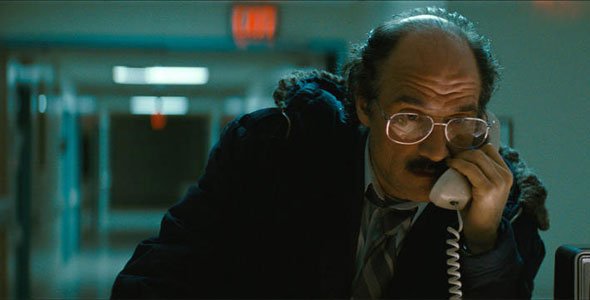
Non-Linear Storytelling
Let Me In opens with the striking image of ambulance sirens making their way through a snowy desert landscape, but to make it happen they've started the film at the halfway point of the story, when The Father (who is nameless in this film, unlike the original) is already in the hospital and a local cop investigator (a character who didn't exist in the first film) figures out that he has a daughter. Opening the film in the middle of the story, when things are already starting to fall apart, lends an immediate violent pall to the film; when we catch Reagan talking on television at the hospital, describing America as a country that is good and not evil, we already know he's wrong.
In Let the Right One In, on the other hand, we piece together the story's menace as slowly as Oskar does, never even seeing Eli's face until he meets her for the first time in the jungle gym. The Swedish film in that way is a little more intimate than the American one, but Reeves also manages to immediately state the broader themes of his story, while the larger nuances of Alfredson's take are harder to find, if accessible to American audiences at all.
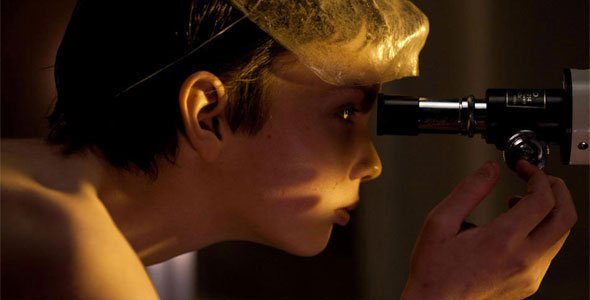
Grown-Ups In The Distance
CINEMABLEND NEWSLETTER
Your Daily Blend of Entertainment News
If there's a flaw in Let The Right One In that anyone can agree on, it's the group of adult neighbors we see socializing in the bar and at each others houses, one being attacked by Eli when she's in desperate need of blood and another transformed into a vampire and, memorably, attacked by a horde of CGI cats. Reeves smartly trims these characters until they're practically archetypes, watched by Owen from his bedroom in a deliberate nod to Rear Window, serving as real-life examples of the adult Owen can't fathom becoming. Owen's mother is exactly as absent as Oskar's is in the original, and though Reeves ups the ante in a slightly gimmicky way by never showing her face, it makes the neighbors all the more important. We get the same effect of witnessing an adult life that Owen will eventually choose to never be part of, without so much time spent away from the film's central narrative. And yes, one of the floozy neighbors does get bitten by Abby and turned into a vampire. But there are no cats this time.
On a similar note, Reeves completely dispenses with the actual father, who for Oskar lived out in the woods in a kind of haven. We hear Owen's father talk to his mom on the phone, frustrated that she's doing such a poor job of raising their kid, but in Reeves's version of the story there's no possible parental figure waiting in the woods-- just Owen and Abby, navigating an intimidating adult world.

Car Crazy
There's only one scene in Let Me In that's entirely new, and it still has a pretty direct correlation to the original-- it's the scene in which the father messes up a kill and must disfigure himself before being taken to the hospital. I won't spoil the surprise of the new scene, which is truly terrific, except to say that it involves a car in a way that evokes that universal fear you have when walking up to your car in a parking lot late at night. Using the automobile, the classic American invention, in such a key scene didn't just allow Reeves to insert an excellent action sequence into a film that's otherwise as meditative and subtle as the original, but it takes another American icon and brilliantly perverts it with violence.
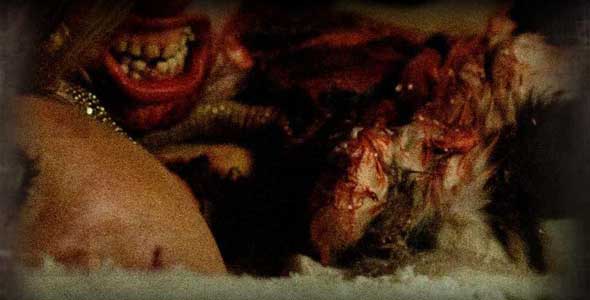
Blood, Guts, And CGI
Let Me In isn't an expensive movie by Hollywood standards, but it doubtlessly had a bigger budget than Let The Right One In, which Reeves uses to make the film more graphic and violent in nearly every way. Sometimes it works well-- Abby's transformation into a vampire is much more convincing without being over the top, and the prosthetics on the father's face in the hospital scene are horrifyingly realistic-- and other times it may put too fine a point on violent scenes that were more disturbing when we saw less of them. Either way, it may serve to benefit the film-- all the vampire transformation effects and hints at violence have made for some effectively creepy TV spots, which may convince far more people to see the film than "remake of Swedish vampire love story" ever would have.
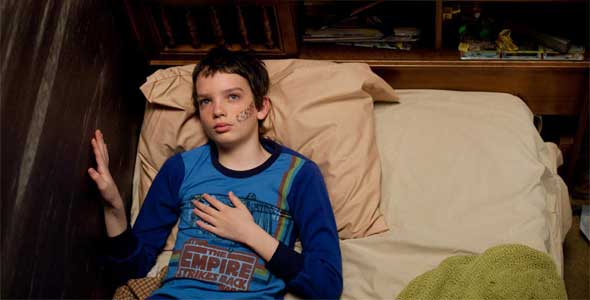
Hey, Remember The 80s?
The most significant thing that differentiates Let Me In from the Swedish original is sometimes the hardest to spot: this movie is set in 1980s America. Reeves weaves in all kinds of pop culture detritus from the time to remind you, from Owen's obsession with Now & Laters to Reagan on the TV to his mother's sudden interest in conservative Christianity to that ubiquitous TV message, "It's 10 p.m. Do you know where your children are?" It's debatable how effective any of this is, especially since the rest of the film hews so closely to the foreign Let the Right One In, but those little snippets of Americana perfectly contrast the dark, sometimes heinous actions at the center of the film.
Staff Writer at CinemaBlend

